Eyes in the Sky: Redefining Drones as Wildfire’s Spy
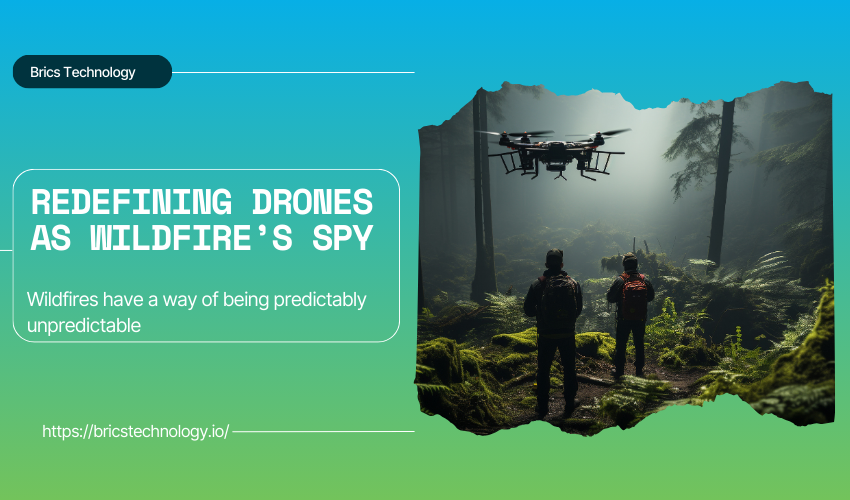
Every summer, wildfires tear through the dry lands of California and Arizona, which paints the skies in shades of orange smoke. But now, drones are taking flight above the flames.
What were once considered simple gadgets are now seen as trusted partners against wildfires. The future of firefighting may be airborne with drones fighting wildfires head-on.
In this article, we’ll look into how drone technology transforms how we fight wildfires. We’ll also look at why drones are the future of wildfire management.
Why Traditional Wildfire Management Falls Short
Wildfires have a way of being predictably unpredictable. The shifting winds can change a fire’s direction in a snap, which makes planning almost impossible. Even crews on the ground also face serious risk.
In 2022, more than 20,000 U.S. firefighters were on the ground during peak season, many of them battling flames in dangerous areas. Reaching these locations is often tricky, which slows down response.
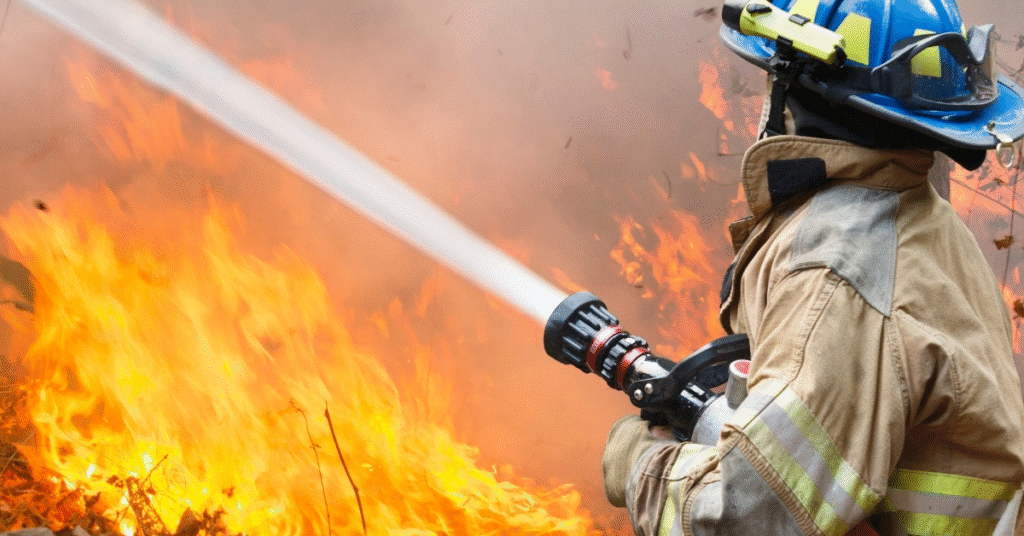
On top of that, simply spotting fires early enough remains a considerable challenge. In dry, windy conditions, a blaze can move faster than a car, over 14 miles per hour, so every lost minute can mean far greater destruction.
However, things change with the inclusion of drones. They provide real-time aerial views, even through heavy smoke, and can reach areas too risky for humans. Thermal imaging allows them to spot hotspots almost invisible to the naked eye.
By catching fires early, drones can help prevent small sparks from evolving into uncontrollable fires.
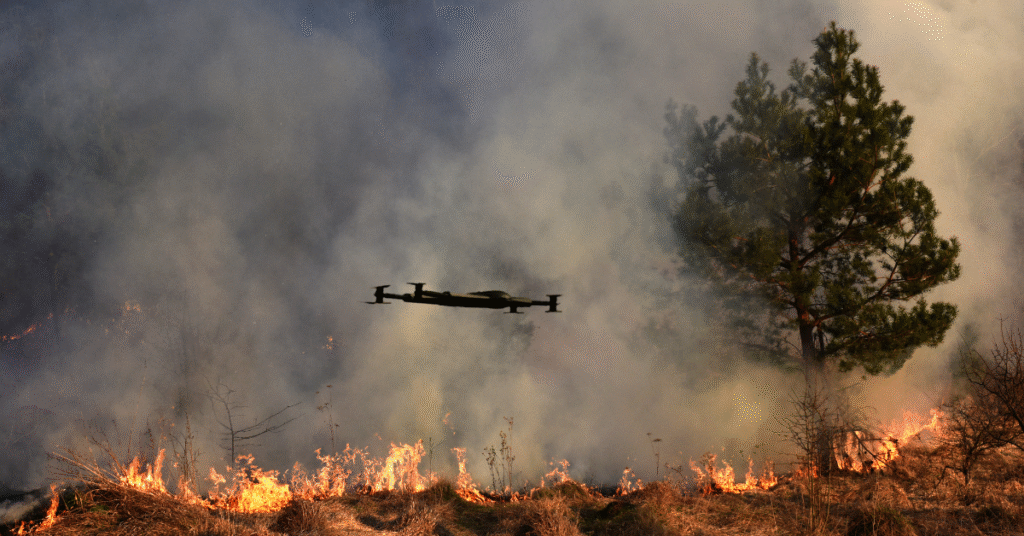
Key Technologies in Wildfire Drones
Fighting fire has never been and will never be easy. Wildfires are bigger and faster, but just as fires evolve, so does how we fight them. They say modern problems demand modern solutions—and drones are becoming dependable tools for wildfire management.
So what exactly is a firefighting drone? Think of it as a flying partner. Officially called Unmanned Aerial Vehicles (UAVs), these devices are equipped with high-definition cameras and advanced sensors. They give firefighters eyes in the sky, which offers a faster and more accurate way to understand what’s happening on the ground.
Across the globe, fire departments are adopting drones because they save time and reduce risk. Instead of sending crews mindlessly into dangerous ground, drones do the honors of detecting hidden threats and guide smarter decisions. In short, they upgrade the entire firefighting operation.
Here are the key technologies that make wildfire drones so powerful:
- Thermal Imaging Cameras & Heat Sensors
Fires often hide before they roar. Using thermal cameras, drones can support hotspots and tiny flames. Detecting early means crews can act before sparks turn into firestorms.
- Real-Time Aerial Mapping
Drones stream live aerial maps as fires start to shift and grow. With machine learning analyzing this constant data flow, teams understand where and how fast flames move. With a bird’s-eye view, commanders can adjust strategy instantly.
- Remote Access Capabilities
Not all spaces are safe for humans, even crews. Drones can fly into thick smoke, steep canyons, or collapsing structures. They keep firefighters safe while still gathering the critical information they need.
Benefits of Using Drones for Wildfires
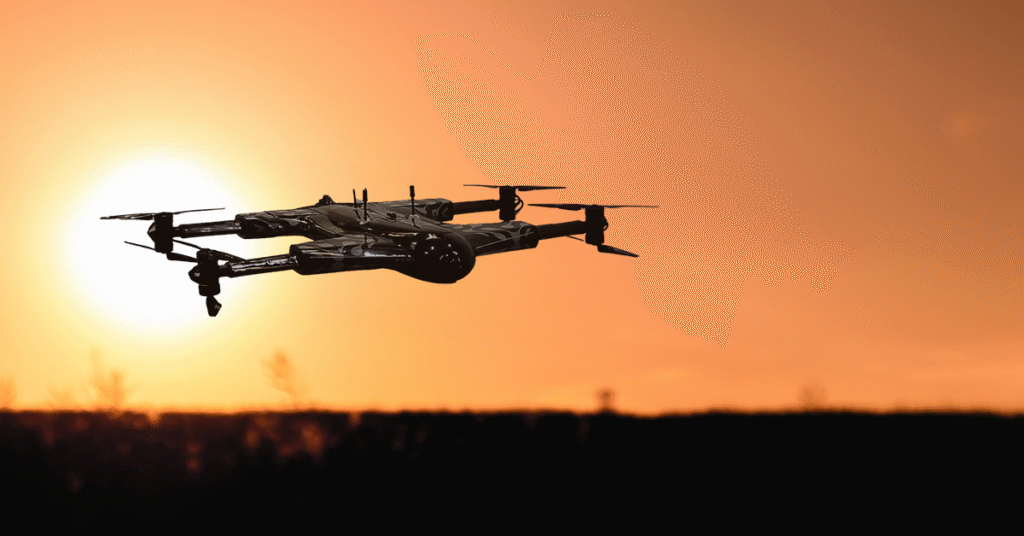
Wildfires don’t wait, and neither do heroes in the sky. Drones are proving to be vital partners in wildfire response since they offer significant advantages across the board:
- Early Detection
A spark can become an inferno fast. Drones with thermal sensors spot hidden heat before flames break out, cutting containment time up to 30%.
- Safer Firefighting
Drones scout risky zones ahead of crews without risking lives. In California’s 2025 season, expanded drone use made command ops safer from the skies.
- Cost Savings
Helicopters are pricey, but with drones, mapping, surveillance, and data at a fraction of the cost, tight budgets stretch further.
- Real-Time Intel
As wildfires move too quickly, drones can stream live video and maps to command centers, speeding up decisions.
- Protecting Nature
Every minute saved against wildfire protects nature. Fast detection via drones minimizes tree loss and safeguards wildfire habitats, while keeping the air quality a lot safer. The fewer the fires, the quicker forests and communities can heal.
Drones in Wildfire Response
Who Benefits Beyond Firefighting: 2025 Snapshots
- Environmental Conservation – Drones monitor forests, track the land’s recovery from wildfires, and even identify pests before they become severe epidemics.
- Insurance Companies – They speed up and improve the efficiency of processing damage claims and conducting wildfire risk assessments.
- Utility companies – To avoid issues that could start fires, drones examine power wires and other infrastructure.
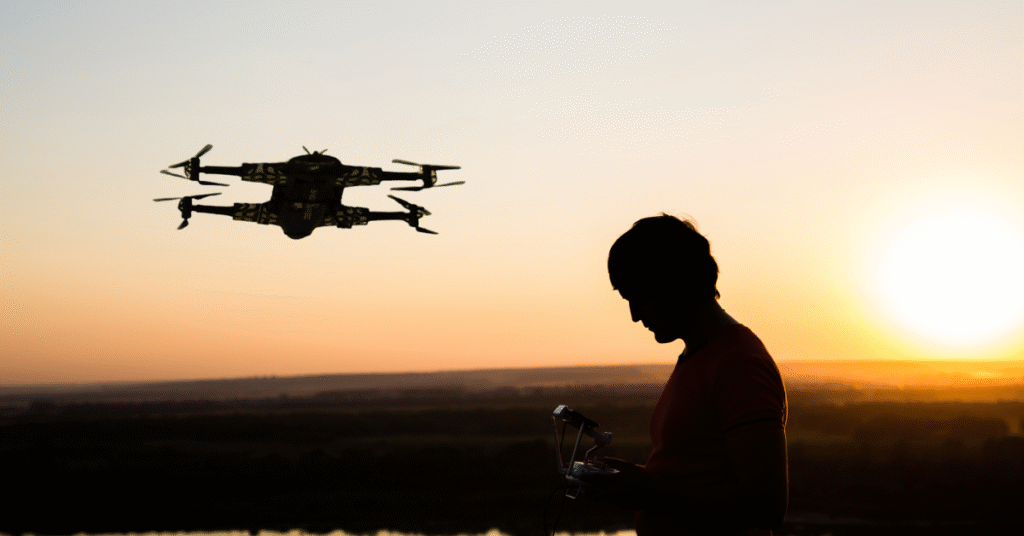
The Future of Wildfire Drones
As climate change fuels longer and harsher fire seasons, wildfire drones are evolving fast. New models are being built to withstand heat, smoke, and strong winds among other things. Equipped with thermal imaging and real time-monitoring, they’ll soon work alongside satellites and artificial intelligence to provide constant fire surveillance.
Bottom Line
Drones are becoming wildfire’s spies. They redefine how we fight one of nature’s most destructive forces. The future of wildfire management is clear; it’s airborne. Thus, learning about ZenaDrone and staying updated on their progress can help fire departments see how the technology supports wildfire management.
Catagories
Recent Post
- From Biometrics to Blockchain: Reinventing Identity Verification
- From Idea to Income: How to Build and Sell AI Soulmates
- Supporting Employee Wellbeing in the UK: What Businesses Often Overlook
- The Role of AI Development Companies in Enhancing Security for Brics Coin Transactions
- Designing Smart Cancellation Flows: Best Practices for SaaS
